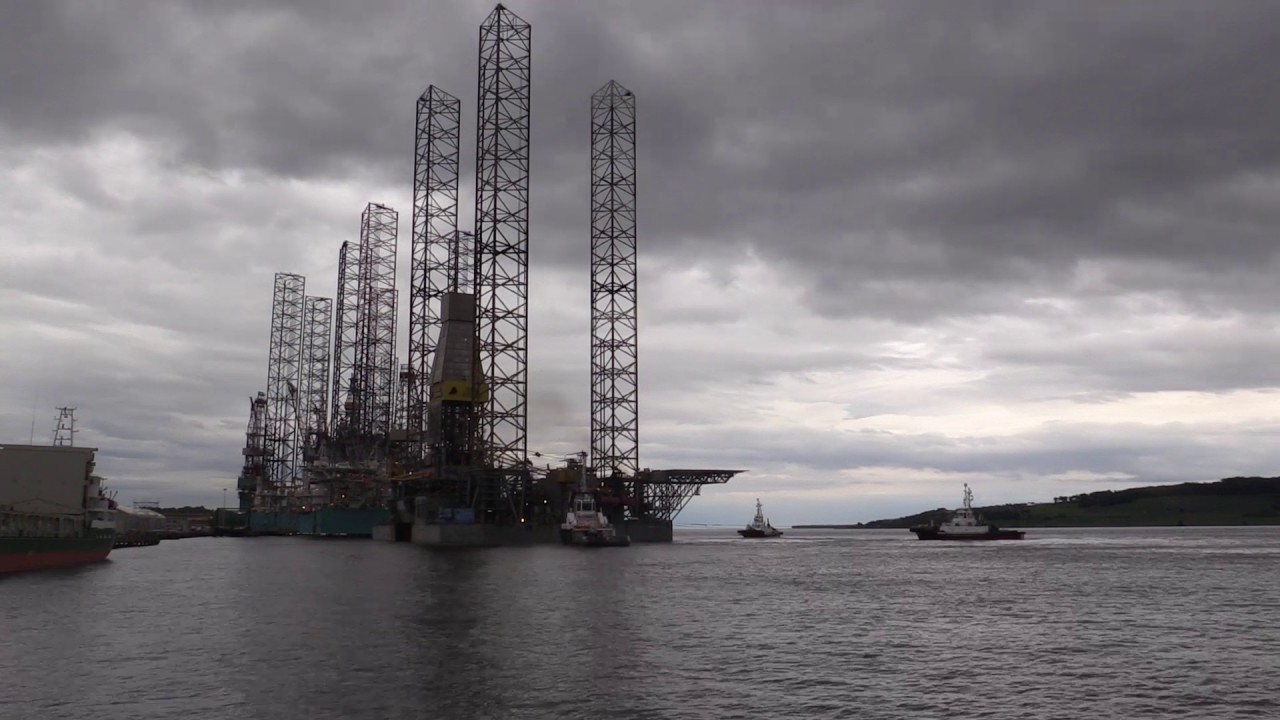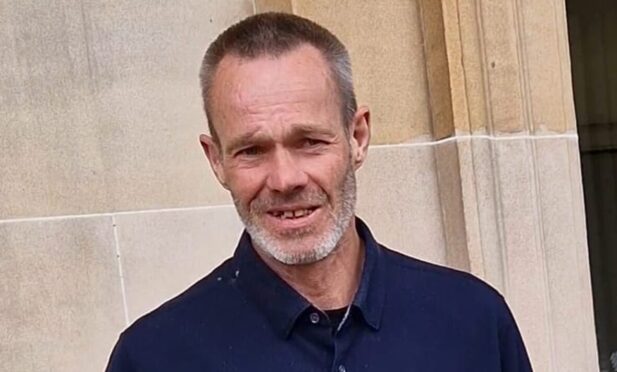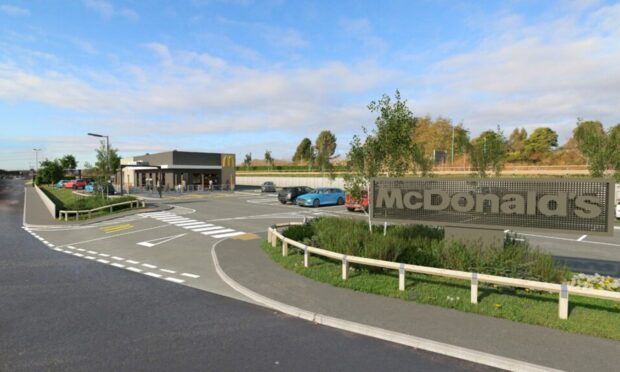A former chief executive of Dundee Port Authority has demanded a retraction of the ‘false claims that the port is not deep enough for decommissioning work amid fears the incident could do “long term damage” to Dundee’s reputation as a marine facility.
A report by consultants Ernst and Young dismissed Dundee in favour of Dales Voe in Shetland because of its greater depth.
However, Captain John Watson, former chief executive of the Port of Dundee has questioned the qualifications of those who wrote the report and demanded a retraction and correction from Energy Minister Paul Wheelhouse .
Mr Watson also issued a call that the report authors “get back to the drawing board” and put Dundee back in the running.
He said: “I am deeply concerned that these myths are very much in danger of becoming fact, and this can only be a bad thing for the port if people start to believe them.
“They could certainly damage the reputation of Dundee as a maritime facility.
“The Ernst and Young conclusion to dump Dundee at the first hurdle is wrong if it is done on the basis of the six-metre rule.
“If you look at a chart of the approaches to the harbour it is less than six metres, but this is at low tide, and by the very nature of it, the depth increases as the tide comes in.
“Not only have we had semi-submersible and jack-up rigs in Dundee, we have accommodated 90,000 tonne tankers with a draught of more than eight metres.
“The fact is that a spring tide for example could increase the depth by another six metres, easily giving a depth of more than 11 metres.
Captain Watson, who was harbour master at Dundee between 1980 and 1986, and Chief Executive of Dundee Port Authority between 1988 and 1996 also argued that Dundee could cope with the vast majority of decommissioning work.
He said: “Dales Voe can certainly cope with the very large parts of decommissioning work, but the vast majority of these projects are at the smaller end of the scale that Dundee can easily deal with.
“On the basis of what has been said about the report, questions must be asked about the qualifications of those who wrote it, and Mr Wheelhouse retract the claims made and issue a clarification.”
A Scottish Government spokesperson said:
“Decommissioning is an emerging and rapidly growing activity in the North Sea, and we are committed to enhancing the capability of the Scottish decommissioning supply chain, with funding and assistance available for projects that will contribute to making Scotland a world leader in decommissioning.
“To date, decommissioning of the largest structures using the reverse engineering method has been undertaken at ultra-deep water ports outside the UK as it is currently not an option the UK offers without an ultra-deep water port, that can provide the 24m depth of water needed for heavy lift vessels – a water depth not available at Dundee.
“Investment in an ultra-deep water port will create a facility that will be able to access a market segment that is estimated to be worth in the region of £583 million in its own right, with opportunities for partnership with other ports, such as Dundee.
“The outcome of the Ultra Deep Water Feasibility study does not impact on our support for ports, harbours and the decommissioning supply chain at all locations across Scotland, including Dundee.”










